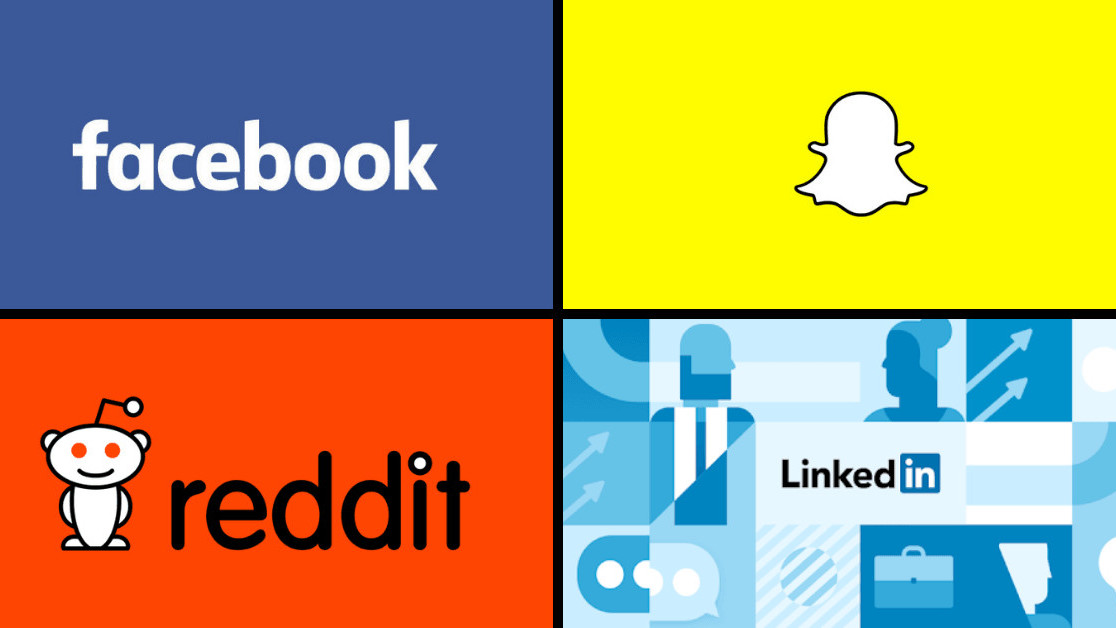
It seems like the world is getting more social all the time: social media boasts nearly 3.2 billion users worldwide, representing a 13 percent increase year-over-year, with Facebook, YouTube, and WhatsApp leading the charge in terms of user bases. Considering that it represents nearly half the population of planet Earth, I think it’s safe to say that social media is too big to ignore — especially if you’re a recruiter.
Even though just about everyone acknowledges that social media is the holy grail for talent acquisition, not everyone has figured out the ideal way to leverage platforms like Facebook and Snapchat to better meet their recruitment goals. Suffice it to say, a poor social strategy can do more harm than good, and getting a handle on the appropriate best practices for this emerging realm can be difficult or confusing.
Luckily, I’m here to help! Here are a few things that can make or break your recruitment advertising:
1. Audience
All recruitment is fundamentally about people. Thus, people should always be your starting point. It’s important to define your ideal recruitment audience and do your best to get to know them. What turns them on and off? Where will they be most likely to see your content? What elements of your company culture or employer brand might most appeal to them? Once you have this information on hand, you can begin to put it into practice.
Be selective in your targeting and always use your job description to guide you through.
Tailor your copy and visuals to your target audience. What are these candidates interested in? What kind of content most appeals to them? Think about what your candidate personas’ Facebook or Instagram feeds already looks like in order to understand how you can deliver real value for them.
Don’t waste your money advertising to people who won’t be a good match for your company. You want to ensure you’re spending your money wisely and that you’re targeting that specific, ideal candidate who will make your all-star team even better.
2. Visuals
Once you’ve selected your audience, you have to compete for their attention. Unfortunately, that means that you have to stand out from everything else that’s being thrown at them on the web. Scientists have discovered that, right now, the average person has an attention span of 8.25 seconds, compared to 9 seconds for your average goldfish.
So, metaphorically speaking, we’re trying to attract and engage with goldfish — no wonder it sometimes feels unmanageably hard! Luckily, snappy visuals have been shown to be the best way of catching someone’s attention and getting them to engage (briefly or not) with your brand.
Don’t rely on stock photography. Your candidates are more interested in authenticity than polish, so make sure to choose pictures that will represent your company, its culture, and its people.
Do use illustrations, animations, videos, and anything that will pop out and make your company seem more unique. Who wouldn’t prefer an illustration or an interactive video to another boring stock photo?
Don’t use more than 20 percent text in your visuals. Too much information on your creatives can mislead your audience. Moreover, many social media platforms will limit ad performance if the visuals have more than 20 percent text; thus the ad may not reach its full audience.
3. Copy
Okay, if engaging visuals are really the best way to catch a candidate’s attention, who cares about copy? How much effect can the text of your ad have — especially if it only takes up 20 percent. A lot. A whole lot.
Poor ad copy can be a huge turnoff for discerning applicants (and aren’t discerning applicants exactly the kind that you want?), and it can make your company seem unprofessional.
On the other hand, polished, candidate-focused text can be the icing on the employer branding cake. You’ve already drawn users in with your visuals, and the copy is your chance to hook them. As such, it can have a big impact on your click-through and conversion rates.
Be conversational. Think of the text of your ad as a way to make a real, honest connection with each candidate you’re targeting.
Make sure your ad copy meshes with your visuals — quality copy can add substance to your ad, but text and visuals should be two parts of the same whole.
Always use imperatives and action verb, ideally personalized (“you,” “your,” “my,” etc.) to have the most impact.
Don’t make it too long and complicated. You’re not writing Moby-Dick: keep it short and lead with value.
Don’t forget to use a call-to-action. This should be chosen carefully based on each stage of your recruitment marketing funnel, e.g. “Learn more about our team” for the top of the funnel vs. “Apply now to join us” for the conversion stage.
4. Headline
This could reasonably be filed under “copy,” but headlines are important enough that they deserve their own section. These are another opportunity for you to give your audience something that it really needs or wants — whether that’s information that will help them understand your employer brand or timely news about job openings.
Don’t promise anything that you can’t deliver. The worst thing you can do is get candidates to your career page and then disappoint them.
Don’t get too wordy. You can use this tool to verify the strength of your headline.
Don’t forget about punctuation. An improperly placed comma can completely change the meaning of a sentence. (This is another area where you risk seeming unprofessional if your grammar usage is off.)
Do use the headline to hook candidates by laying out your EVP in an efficient, eye-catching manner.
5. Channels
Now, everyone seems to be onboard with the idea that you need to promote your employer brand on social media in order to attract and engage passive job seekers. But not all channels are created equal. We know that there are plenty of fish in the sea, but as a good fisherman you have to know where to go for the best catch.
Reach your target candidates where they spend their time online. Don’t promote your junior positions on Linkedin; instead go on Snapchat or Instagram. Choose niche communities according to your industry, e.g. Reddit, Github, or StackOverflow for the IT/tech industry. Make sure your channel distribution strategy is aligned with your goals.
Beyond that, there’s one last thing that can be just as important as the ads themselves: consistency. Recruitment marketing doesn’t have an on-off switch — it needs to be an ongoing activity, a basic fact of life, in order to be effective.
If you only run these campaigns when you have a position to fill, you’ll have to start from scratch every time. On the other hand, if you’re advertising continuously you can grow a strong talent pipeline with qualified applicants who will already be primed to jump at any new positions when they open up. That’s why you have to constantly attract, engage and convert, then measure, test, and measure all over again!
Get the TNW newsletter
Get the most important tech news in your inbox each week.



